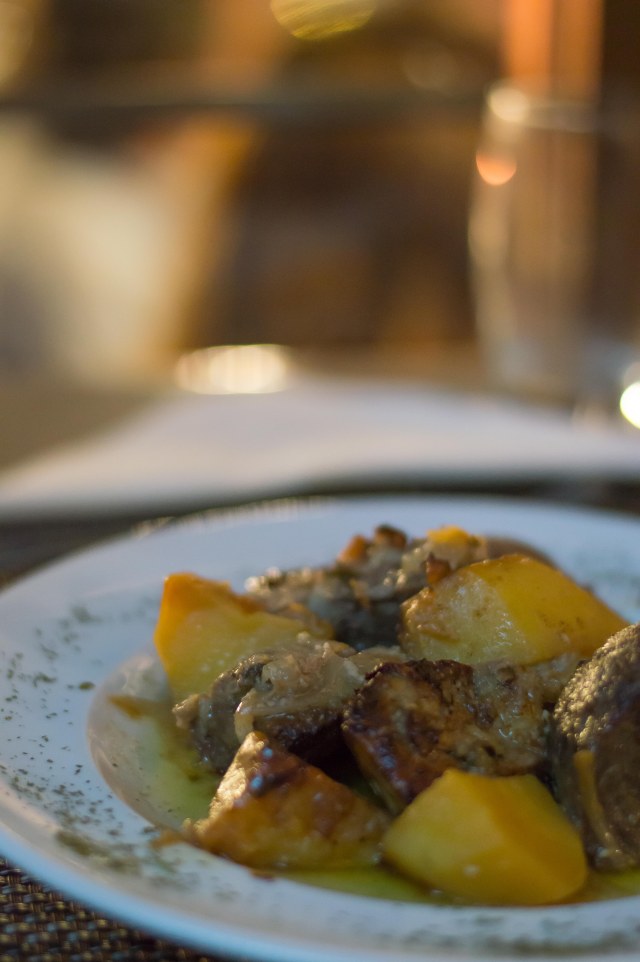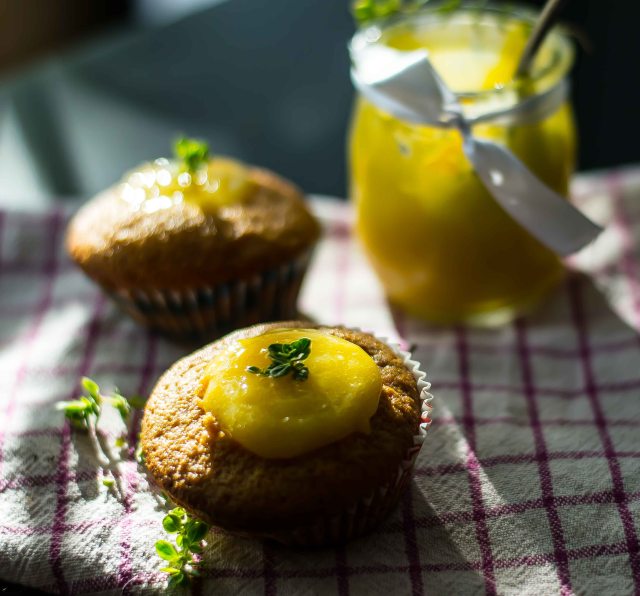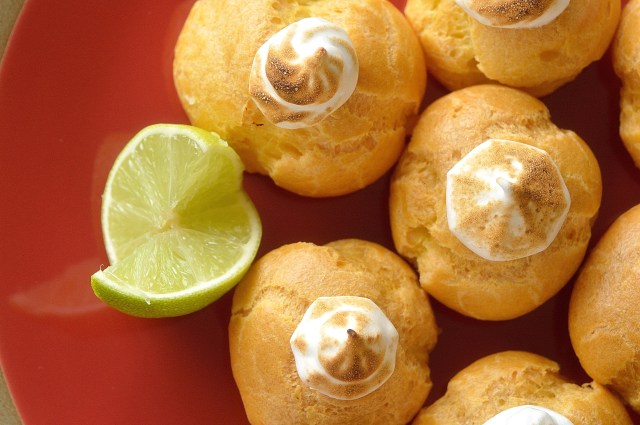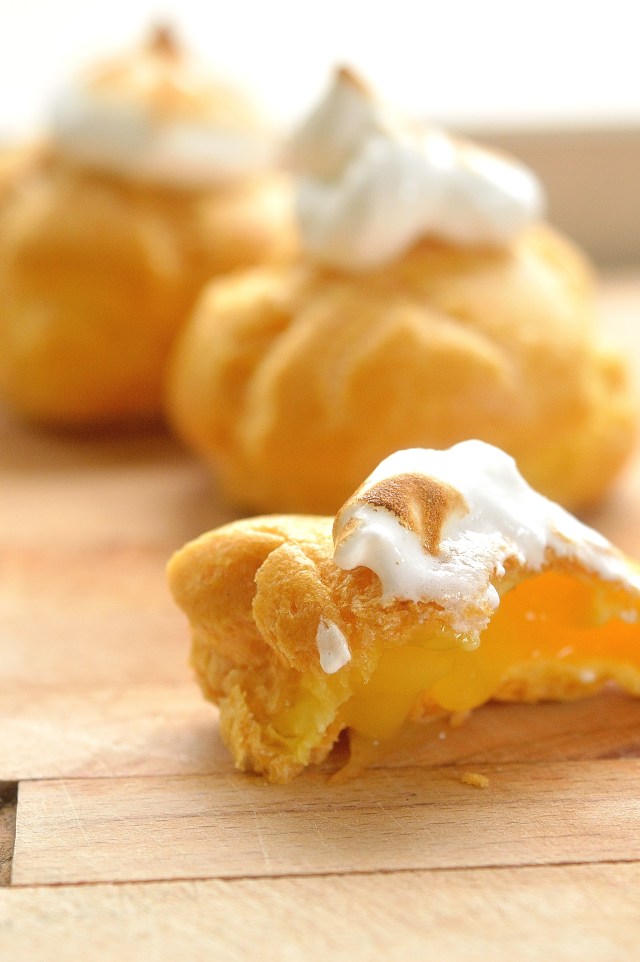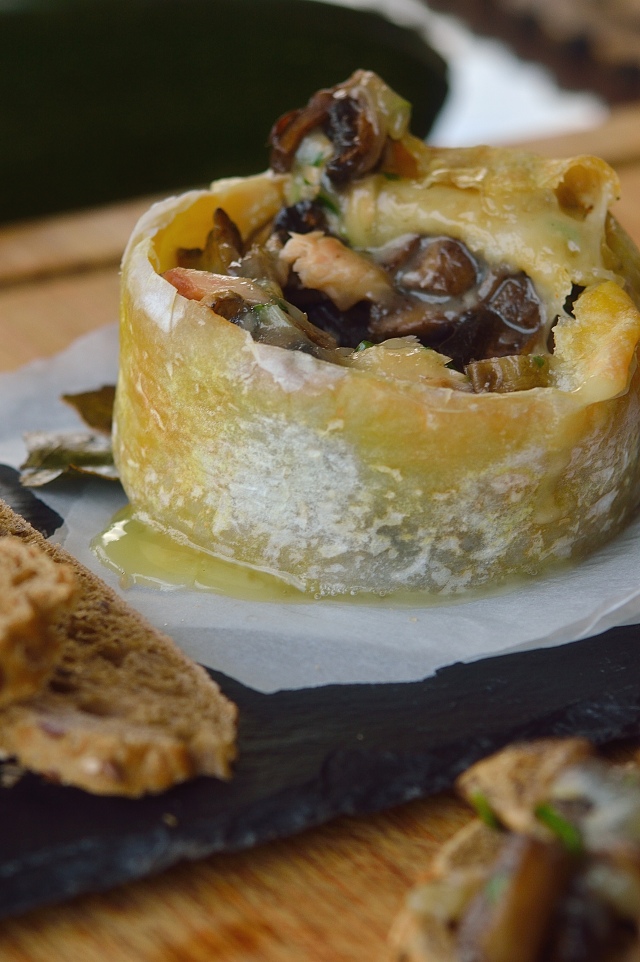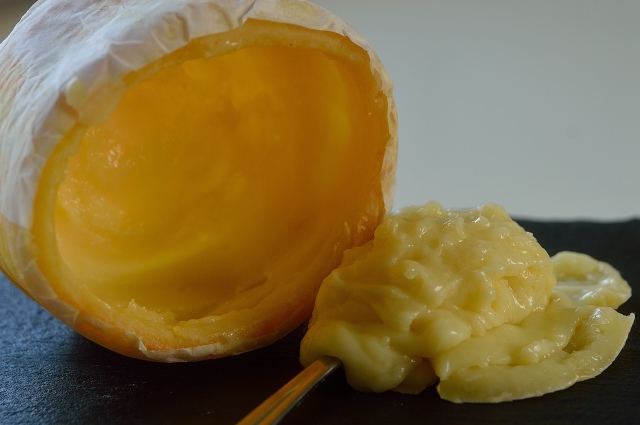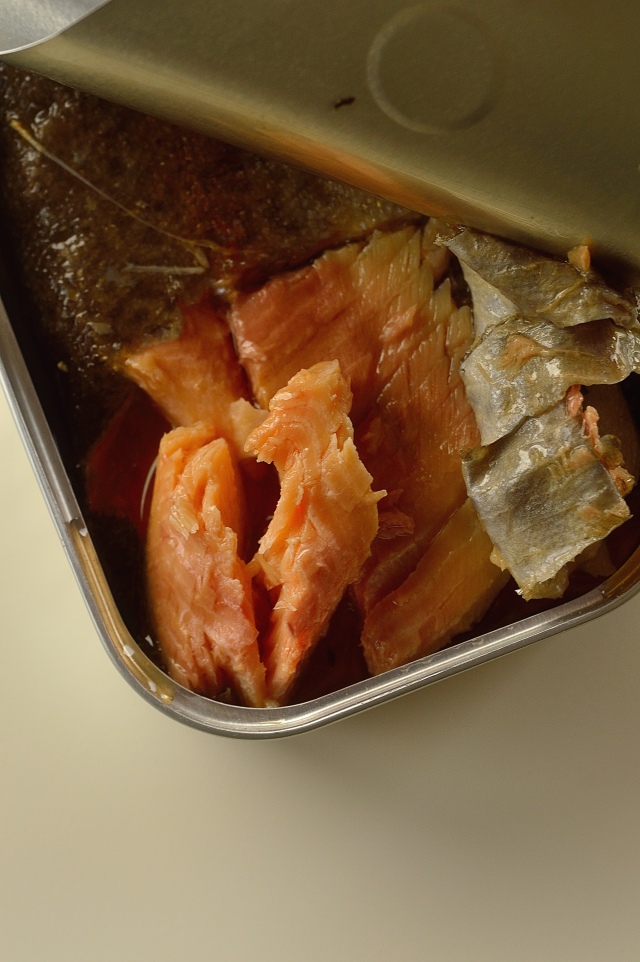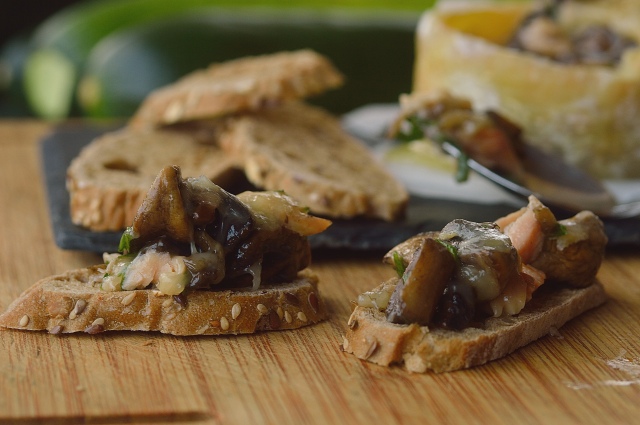I’m an opinionated person, specially when it concerns food, and this might be a post that you will either understand and relate, or disagree and hate. Tough cookies.
So this past April I went to my first food festival in Estoril, after my first day of tasting some tasty (and not so tasty) things, plus snapping a few shots, I posted my first opinion (gave up on part two for now). The first comment I received was from some angry spanish dude saying that I was paid to write and diss some stands, besides approving and congratulating others. Whatever you wish to believe, that’s fine by me (thank you to whoever thought I am a paid journalist though, you are very kind).
So, back to the point. Food Festivals, Street Food Events, Food Trucks and Social Media Obsessions – the key words I am about to use a lot.
If you are a keen foodie, an epicurean and gluttony lover, you have gone to many festivals (if not all of them), specially after the boom Portugal felt this year.
Positive points:
- New businesses have a chance to get known and gain new customers, profit and some inspiration to keep growing;
- New food ideas, combinations and experiences for locals to have some fun;
- Social media engagement (Zomato, Facebook, Twitter, Instagram and the recent Periscope);
- Thousands of instagram photos about what you ate here or there (more followers – whether you are a professional epicurean or the owner of the food truck business);
- Commensality takes on an outdoor version of appreciation;
- Wide range of food typology for every taste;
- Local food and gastronomical heritage;
- Cute trucks with interesting concepts;
- Touristic engagement by offering gastronomical experiences.
Negative points:
- Street food becomes too competitive;
- Street food is no longer a “street” experience – it turns into a shopping reality;
- Too much too choose from, long queues, lack of places to sit and enjoy the finger food;
- Cupon run event with no refunds (not every event uses this method);
- Too pricey, once you add up everything you have eaten;
- After going to a few festivals, all seem the same;
- Lack of stock and disappointed clients who really went to try a certain dish;
- Lack of higiene/quality control factors that can lead to food poisoning (this happened in Portimão this year);
- Fast food turns into a praise for slowness wannabe (this is just wrong);
- Porta-potties (lack of higiene, again – can you imagine going to the toilette and not washing your hands before eating?).
Some vegetarian dish I was unhappy to buy – spent 20 minutes in line to have a curry dish they no longer served and handed me this instead (without even informimg).
I dare say, this is a controversial topic for me to write about, because Street Food is not what it’s suppose to be. I get the point about wanting it to grow, but none of this has particularly helped ease these businesses in running a daily work through the metropolitan areas (except for social media). For me, a good experience should be me walking down a street, seeing an interesting food stand, and because I am hungry and wondering where to have a bite, end up supporting the local truck who puts some TLC into cooking whatever they have to offer.
A take on the Portuguese tinned sardine – on a simple piece of bread, tomato sauce and rocket. This was unexpected, and delicious.
Like any business, novelty or product, the business life span will saturate sooner or later, leaving a future hole that will need to be filled with the next big thing. It also seems to be something that’s happening all over Europe – when in Bologna, I went to the Finger Food Festival – and my experience was as disappointing as the ones I had in Portugal. The only benefit I got from attending was the fact that I did eat the best cannoli ever (big pro by tasting national goodies). But was it the best one in Bologna, or Italy per se? Possibly not. But I was a happy tourist for that moment in time.
In foreign countries like the US and UK, street food is much more independent, based a little bit everywhere – events, local festivals that aren’t even about food in the first place, and the random corner where usual workers will always wonder by during their meal times. Twitter info based, these businesses can thrive with regular customers, not only the by-passers that are just curious to Instagram the fancy hot dog they ate, after having a burger and a waffle from neighboring stands. In third world countries, street food is culture and the day-by-day thing, not a trend where people gather.
As everything in business, specially food trade, novelty is key, sustainability is a must. Sometimes, when things are done only to make money (like selling those burgers every two minutes because you have way too many customers waiting impatiently), quality is compromised, and experiences upset.
None the less, it’s an enjoyable experience (when not having to endure weekenders, and big crowds), but not the type you will want to go every single time. After a few gigs, I would rather spend my money at my favorite restaurant, even If I don’t get to instagram the meal and gain another follower.
Food Fest in Lagos
My suggestion? Make the law easier for local food trucks to travel and sell their food in certain spots around the town, next to a beach, near an event. Help these businesses grow in a natural, sustainable way, across the country. Heck, the world. Oh, and please don’t make me wait another half an hour for a lousy burger.






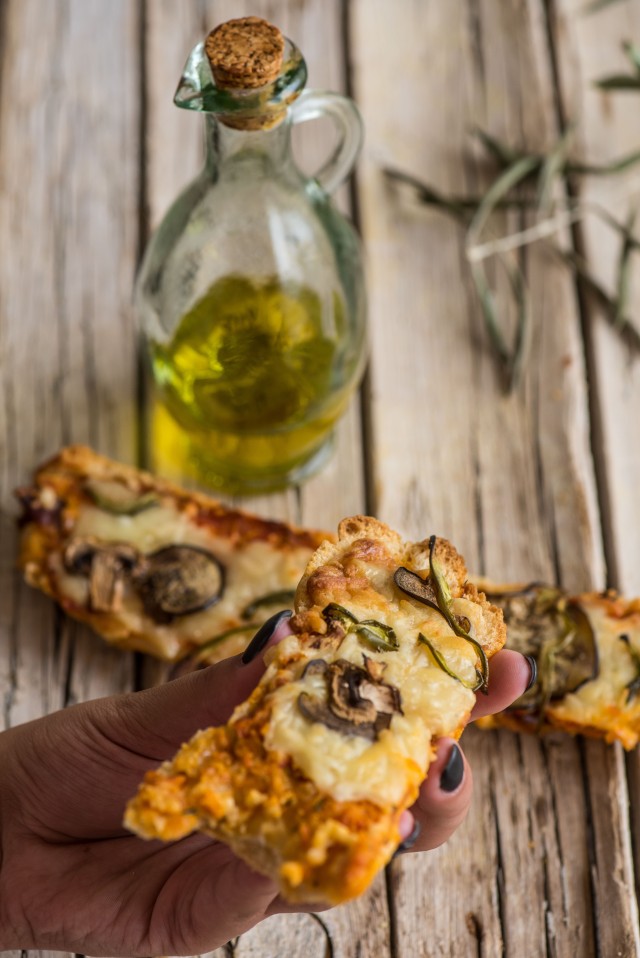

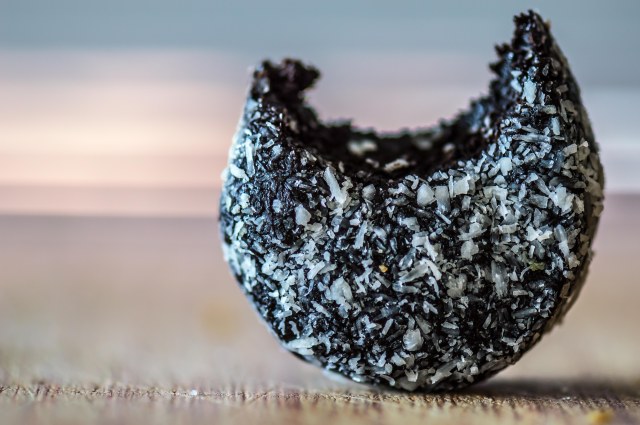





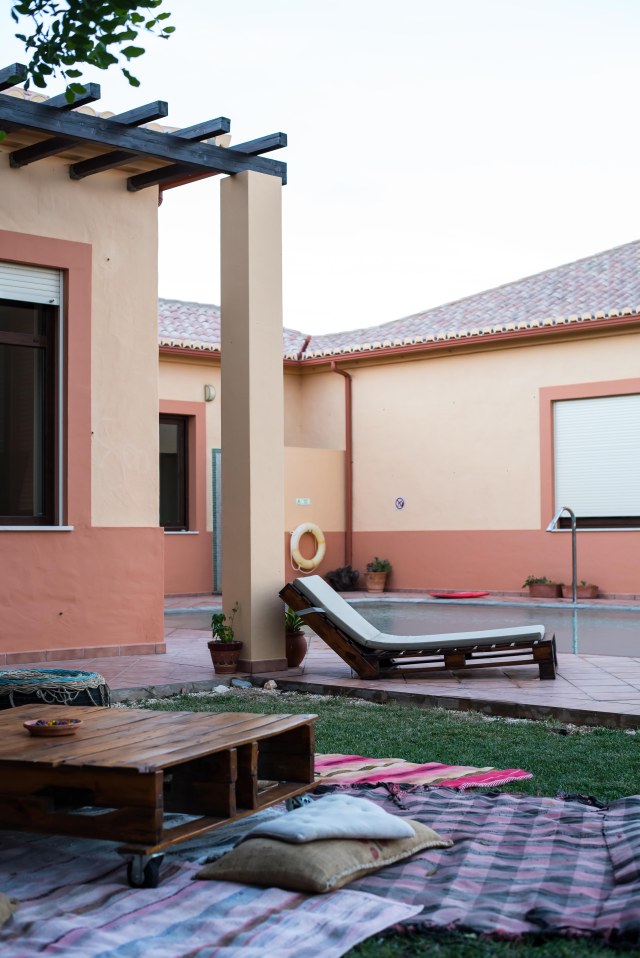



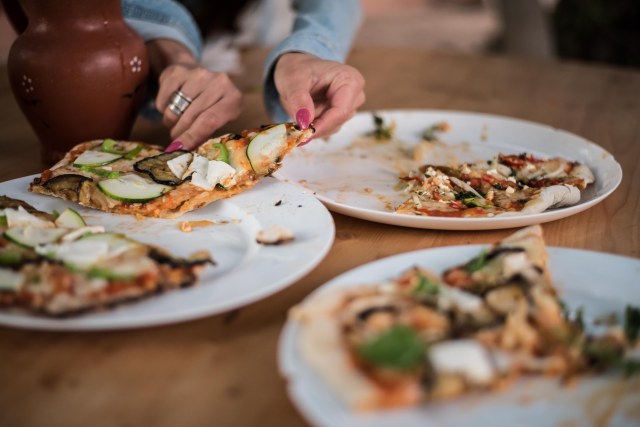


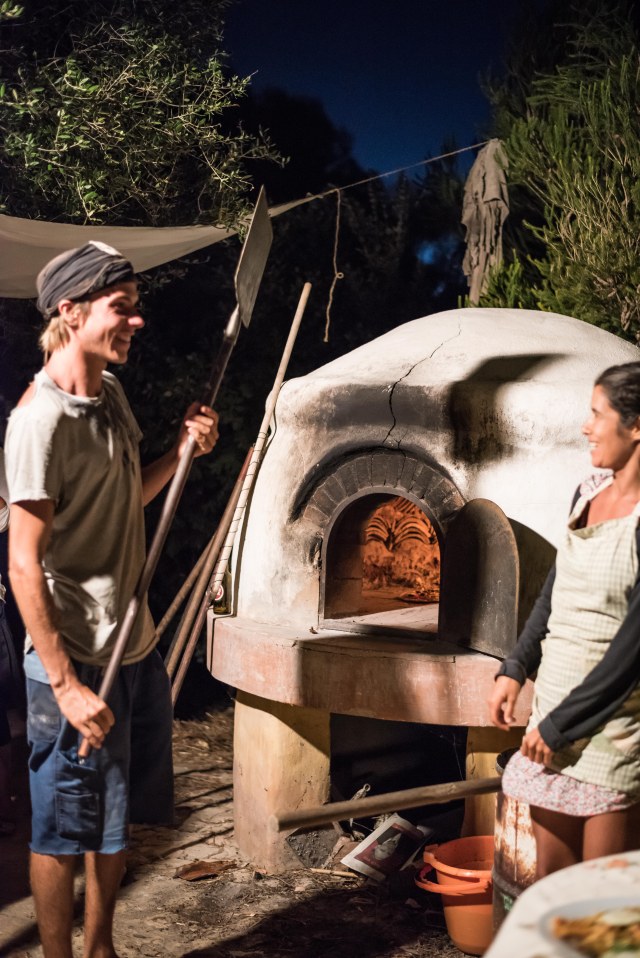


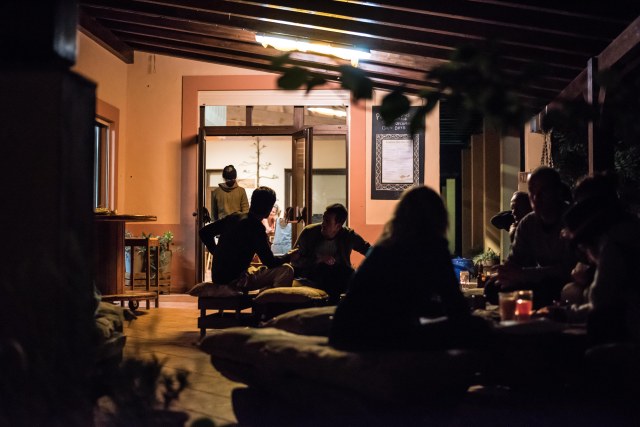
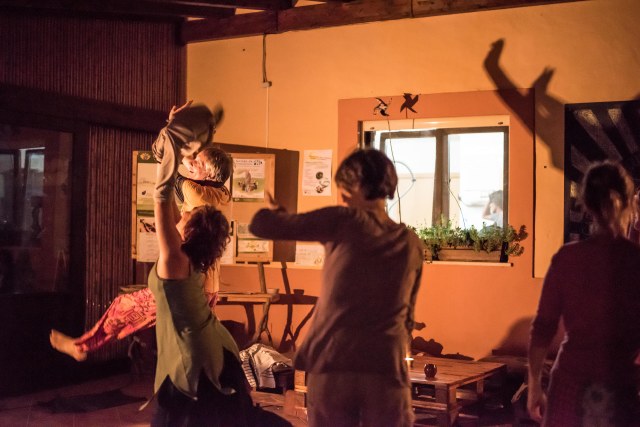


















 Goat cheese gratin with olive oil and oregano. Plenty of bread to dip!
Goat cheese gratin with olive oil and oregano. Plenty of bread to dip!